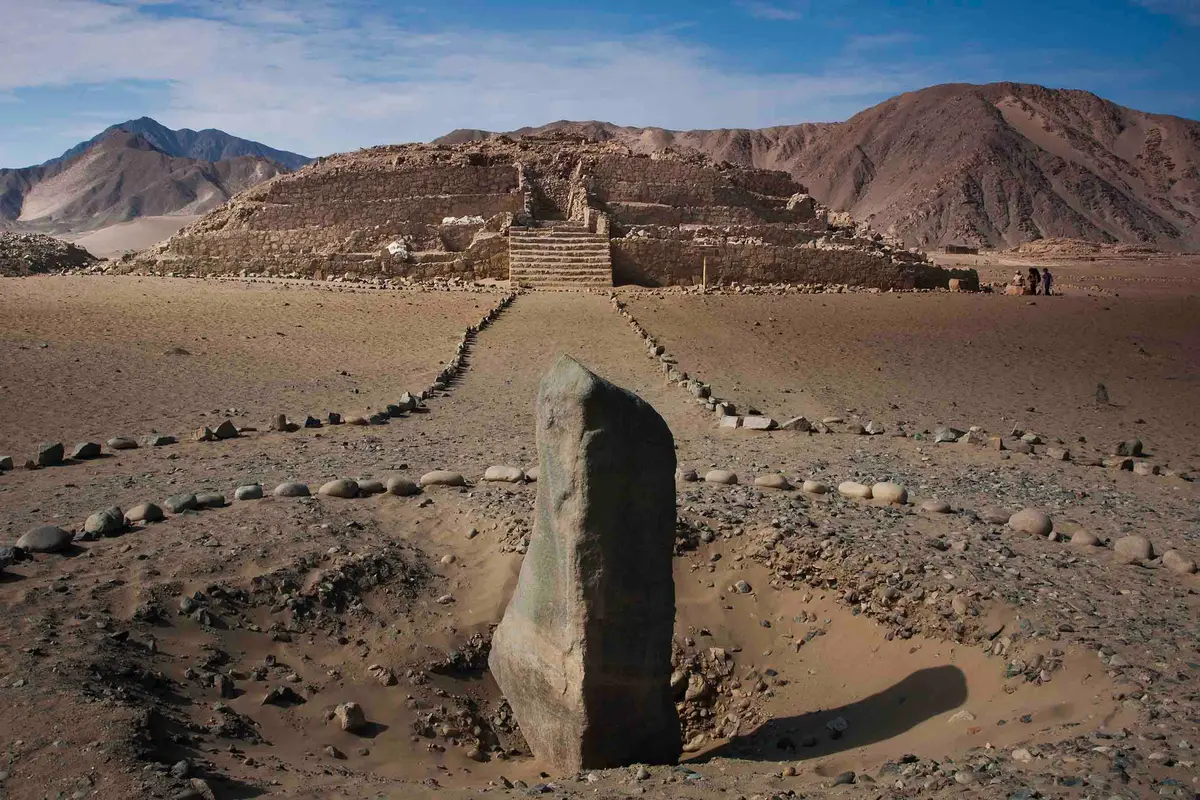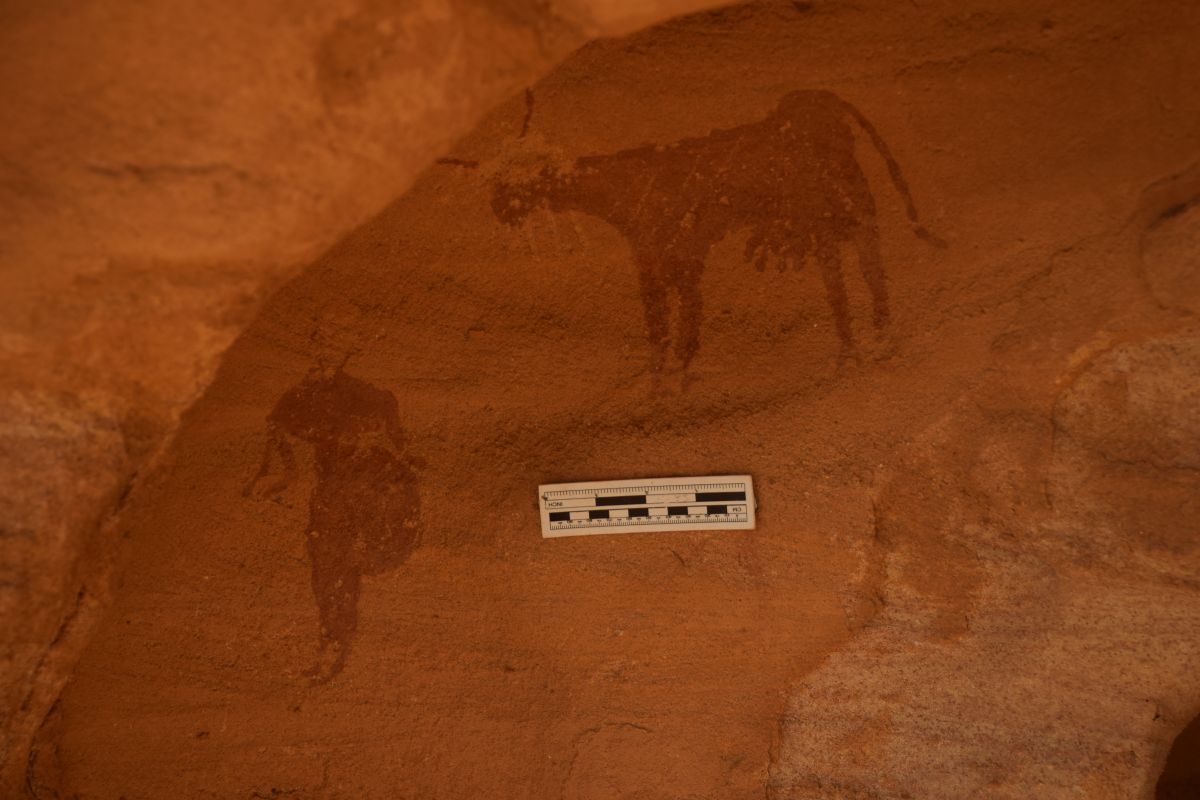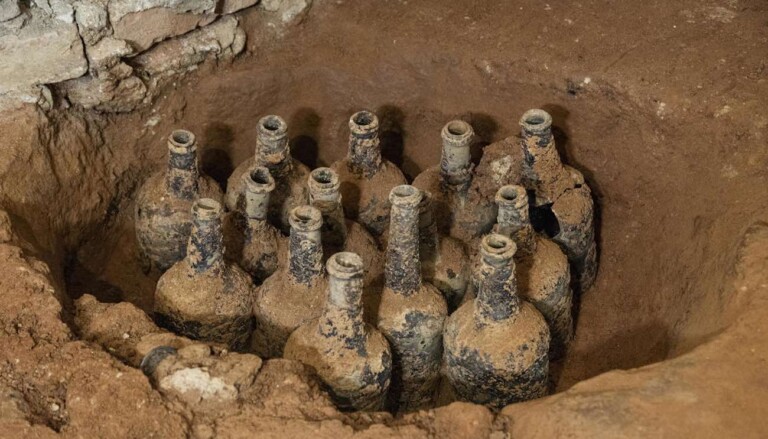The Oldest City in America
In desert valley just a few mile from the Peruvian coastline north of Lima, there once stood a stone city with pyramids. The stepped bases of the pyramids and the city ruins of remain visible today, though the tops the of the massive structures are long gone.
The people who lived in this city are contemporaries with the ancient Egyptians, though we know little about them. The 5,000-year-old ruins are know as the sacred city of Caral and was declared a world heritage site in 2009.
Caral is believed to be the oldest city in the Americas. This thriving metropolis sprawled across hundreds of hectares in the Supe River Valley, with over 3,000 inhabitants as early as 3000 B.C., until its abandonment around 1800 B.C. Including the nearby Supe Valley settlements, the area may have been home to 20,000 people.
There are many fascinating things about the city, such as ancient wind instruments, anti-earthquake building methods, and a seeming lack of weapons that continue to excite archeologist and historians to this day.
If you would like to know more about it, I will add a great article below that has tons of fantastic pictures. There is also an interesting History.com article about it you can read as well.




